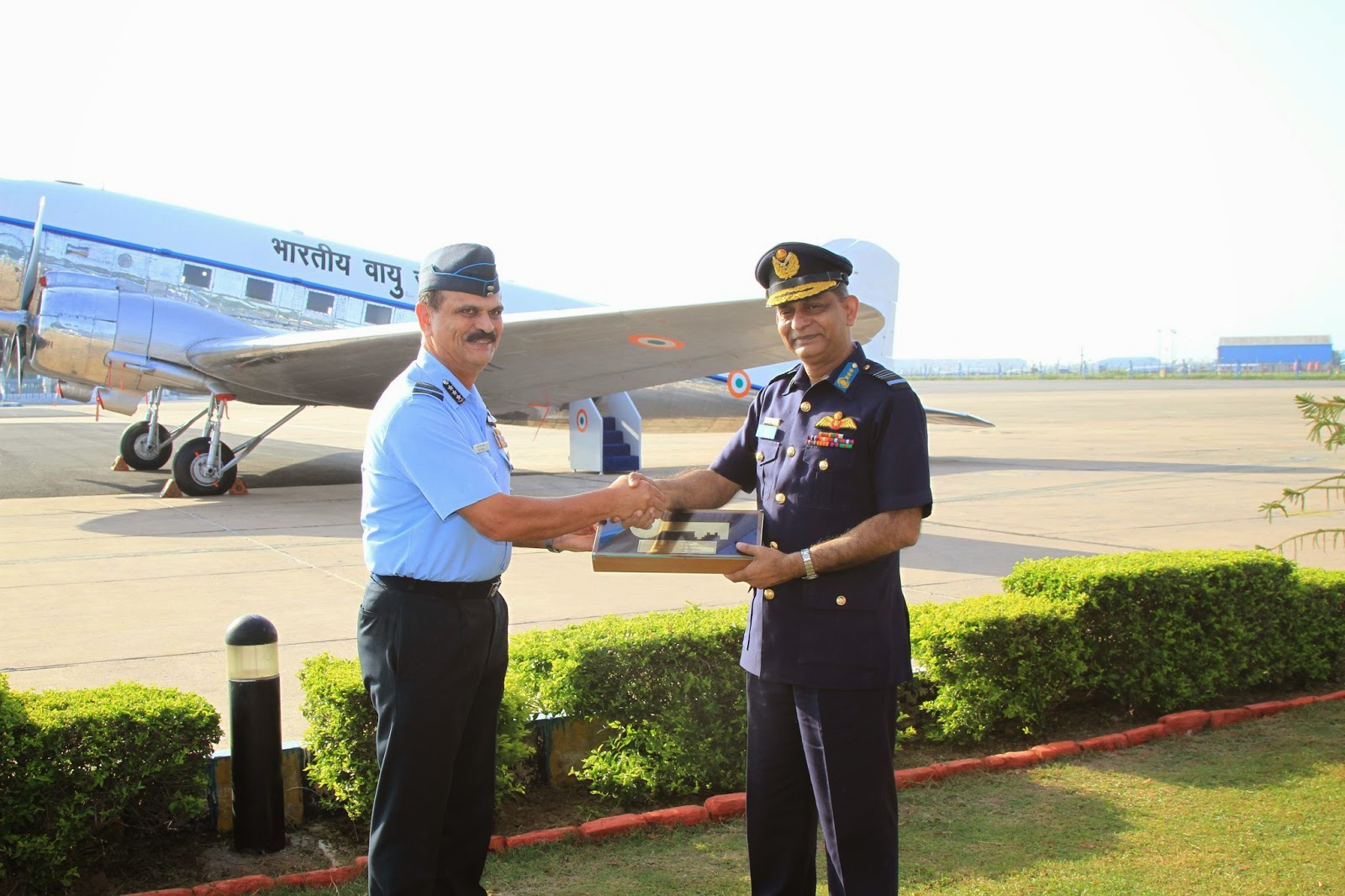This year marks the golden jubilee of the famed 1971 Bangladesh Liberation War. Regarded as one of the finest military victories in modern history, India and Bangladesh have both grown together over the years. The relationship between the two countries though began at a very positive note, had their set of differences too. It was only the recent Prime Minister of Bangladesh Sheikh Hasina, who took the helm in 2009, initiated a quest for amicable resolution between the two nations. The initiative was cordially reciprocated by India and consequently, the ties strengthened. Along with thick density in bureaucratic and diplomatic relationships, the bilateral defense cooperation between the two nations was essentially a silver-lining. With Indian Army incorporating the rebellious Mukti Bahini forces in furtherance of the common intention of neutralizing Pakistan’s atrocities in the Eastern-province to Bangladesh inviting the Indian Air Force Chief Marshal R.K.S. Bhadauria as the chief guest at ‘President parade’, the relations between the two nations are simply a role model.
Role of Air Forces in the Liberation War
The Liberation War invariably laid the foundation of the independent Bangladesh’s Air Force. It was the Group. Capt. A K Khandker, deputy chief of Bangladesh Armed forces who met the Indian Air Force Chief Marshal P C Lal, to legitimize the Mukti Bahini rebels and declare the formation of Bangladesh Air Force. However, mere declaration of sorts was not enough. Out of the nine designated pilots, none of them were skilled enough to cater and handle a war-front. Therefore, in order to get the grip of uncontrollable adrenaline which is the inherent emotion in a battlefield, the air force turned towards India for training and assistance. Though the Indian Air Force was hesitant to share their technicalities and techniques with an army of ‘rebels’, the enticing idea of taking on Pakistan in open clear skies led both these forces to join hands against a common enemy. The alliance which developed half-a-century ago and furnished one of the finest militaria victories on 17th December 1971, has grown denser with time.
Role of Bilateral Defense Cooperation
The Bilateral Defense Cooperation between the two nations has gained a more formal paper-trail ever since Sheikh Hasina’s visit to India in 2017. The two countries signed a series of agreements and MoUs in areas of defense cooperation. The MoUs included a framework for strategic and operative defense cooperation, enlisting agreements between Defence Services Staff College and Dhaka’s Defence Services Command and Staff College, Dhaka’s National Defence College and India’s Defence College, the coast guards of the two countries and even extending a line of credit worth US$500 million. The MoUs are extremely imperative as both nations are known to the fact that any incident in one country will have significant ramifications and consequences along the border. Therefore, cooperation appears to be a better resolution than conflict.
Training Exercises
Samvedna was the first ever multilateral Humanitarian Assistance and Disaster Relief hosted by the Indian Air Force in association with air forces of Sri Lanka, Bangladesh, Nepal and the UAE in 2018. The exercise aimed to share procedures and capabilities of air forces to improve disaster responses. The program hosted by the Air Force showcased the disaster preparedness of Indian Air Force’s Rapid Action Medical Team (RAMT) and its flying capabilities and aimed to instil the same in the participating forces.
Conclusion
Cherishing the development of defense cooperation, Air Chief Marshal R.K.S. Bhadauria of India at the Bangladesh Air Force Academy remarked that the strong bilateral relations between India and Bangladesh is an important pillar in the historical and fraternal ties between the two. Chief Marshal Bhadauria also noted that his presence as the chief guest on the occasion of President Parade 2021 is testament to the deep bond between the nations and also applauded the rapid progress being made in all aspects of military interactions. Acknowledging the historical fact of his presence at the BAFA, Chief Marshall Bhadauria encouraged the professional relationship between the two Air Forces and admired the mutual trust and understanding.
Furthermore, speaking at the ‘Swarnim Vijay Varsh Conclave’ Foreign Secretary of Bangladesh, Harsh Vardhan Shringla said that India-Bangladesh relations are deeper than any other strategic partnership. Lauding the active role of Indian Air Force in furtherance of the liberation war, Shringla accounts the witnessing of IAF pilots engaging in open air which inspired the Bangladeshi civilians watching from their rooftops.
Under the visionary and fierce leadership of Prime Minister Modi and Prime Minister Sheikh Hasina, India and Bangladesh share a ‘Sonali Adhyay’ (golden era) with respect to their political and defence relations. The spirit of friendship, mutual respect and humanitarianism engendered during the liberation war continues to permeate different aspects of defence cooperation.

